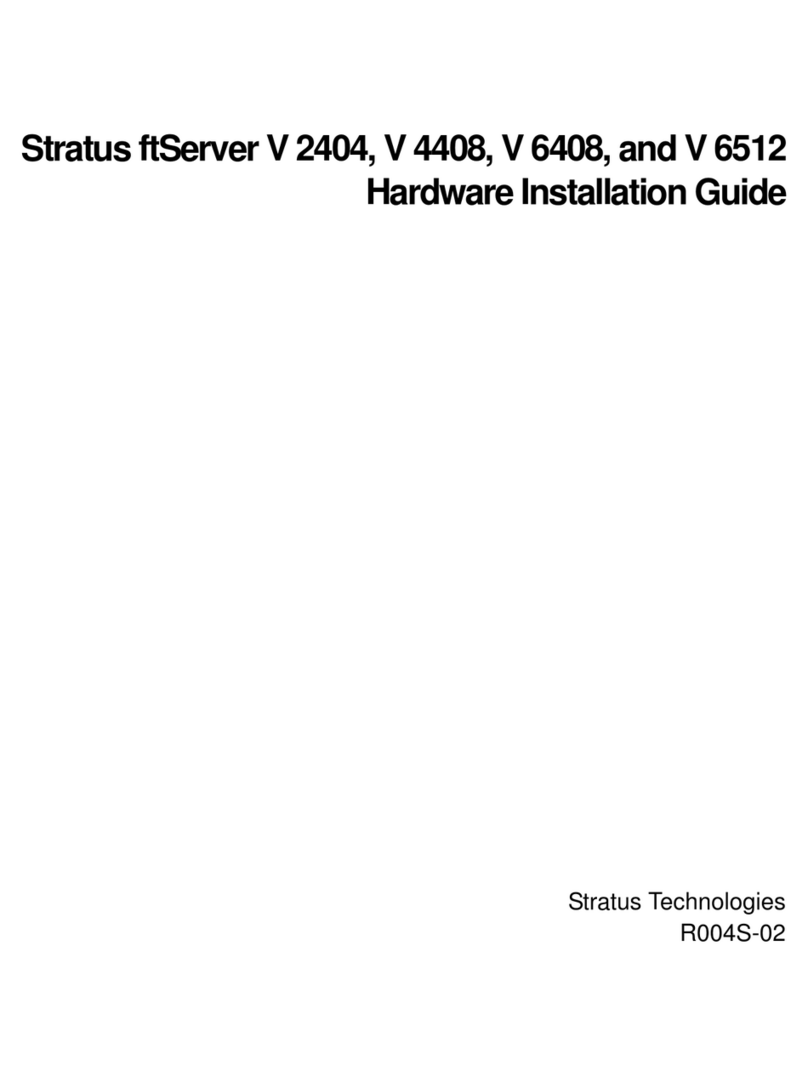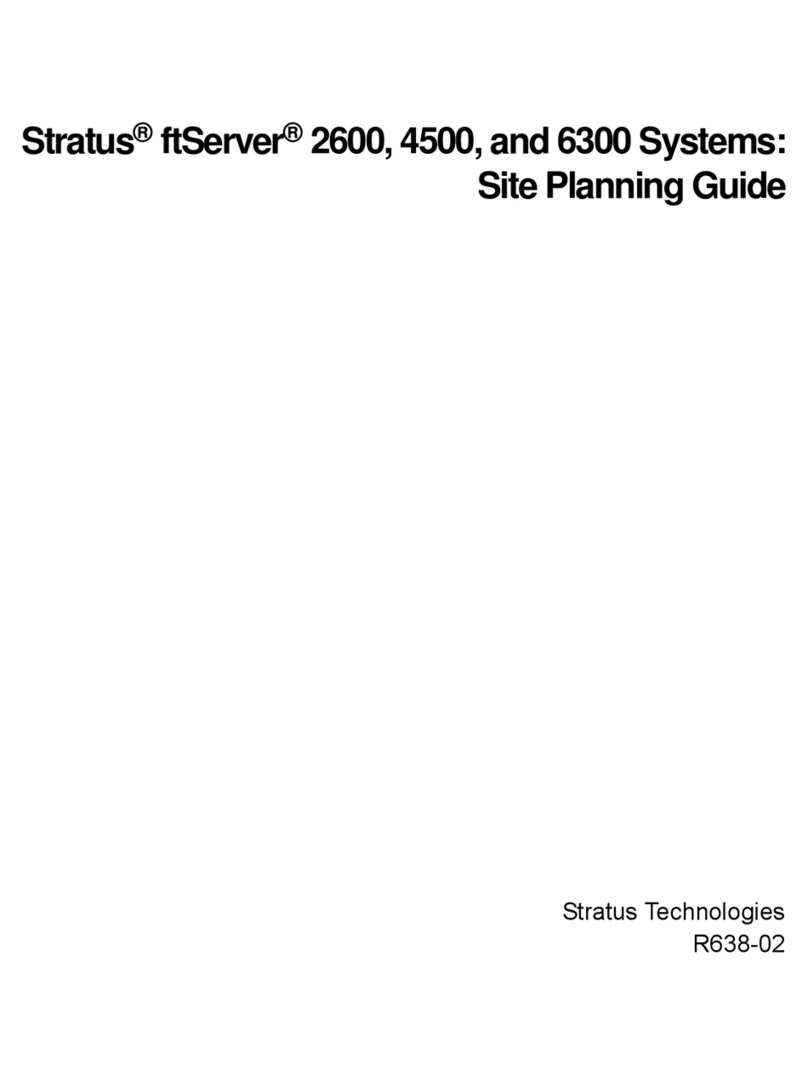Stratus ftServer 2510 Technical manual




















This manual suits for next models
2
Table of contents
Other Stratus Server manuals
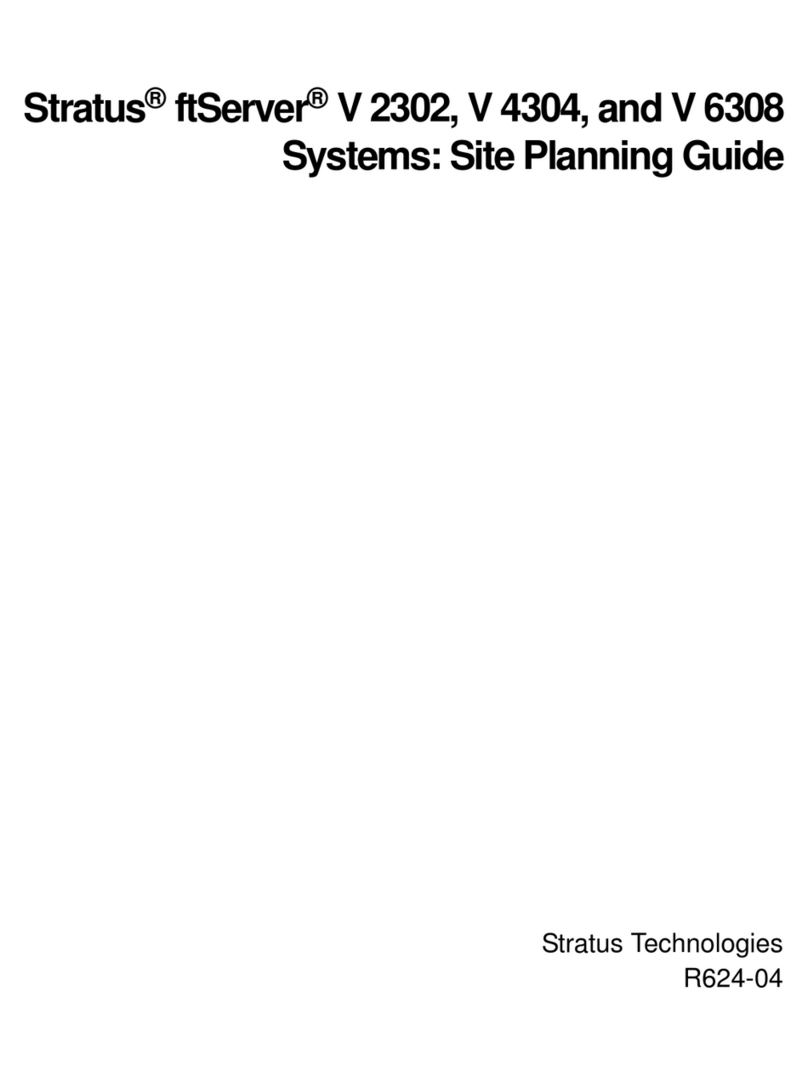
Stratus
Stratus ftServer V 2302 Technical manual
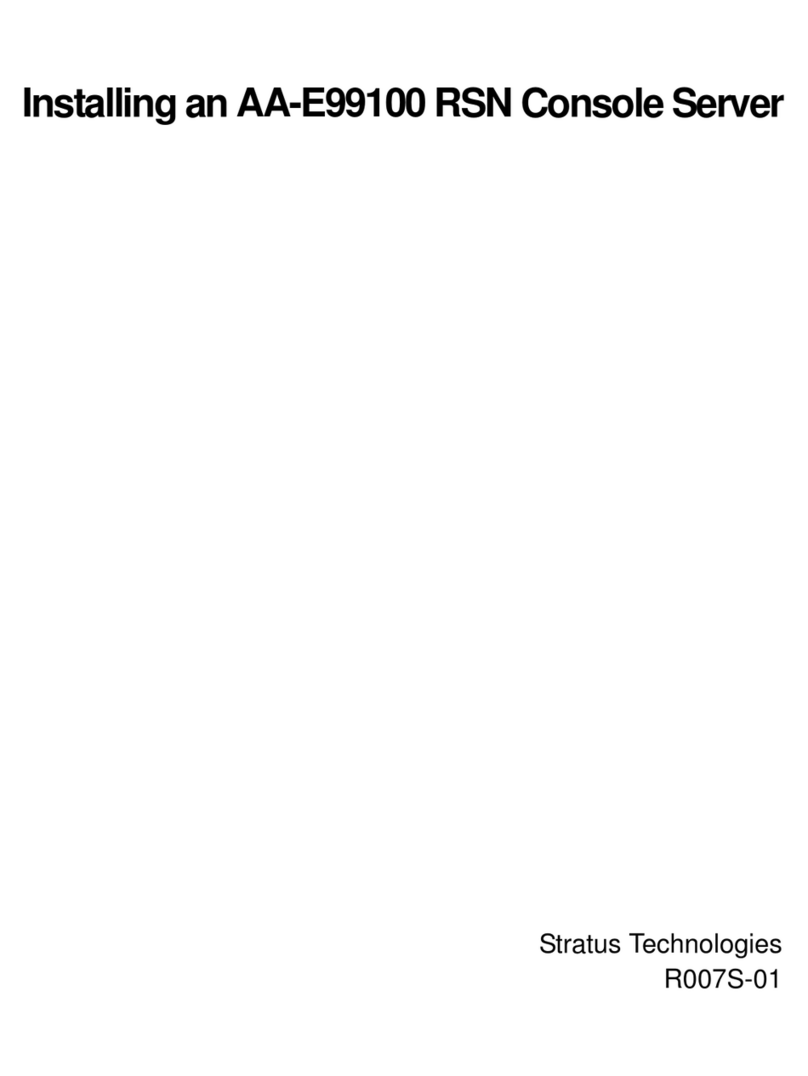
Stratus
Stratus AA-E99100 Instruction Manual

Stratus
Stratus ftserver 3300 Technical manual
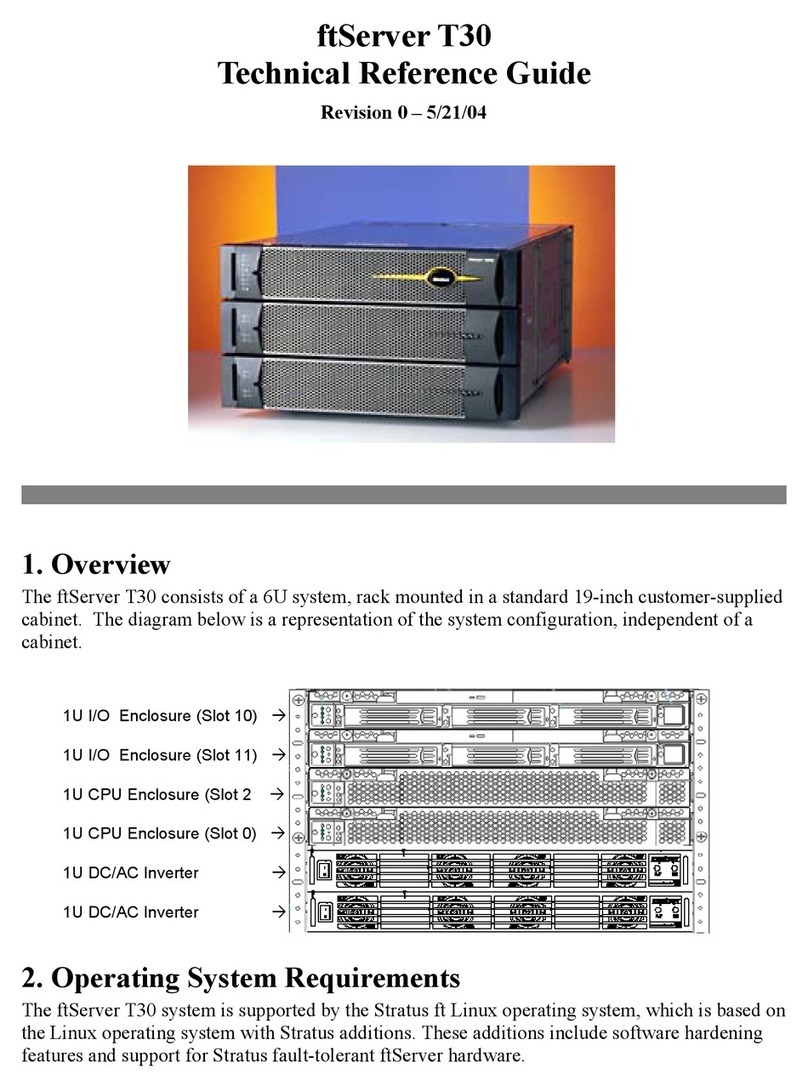
Stratus
Stratus ftServer T30 Use and care manual

Stratus
Stratus V 6624 Manual
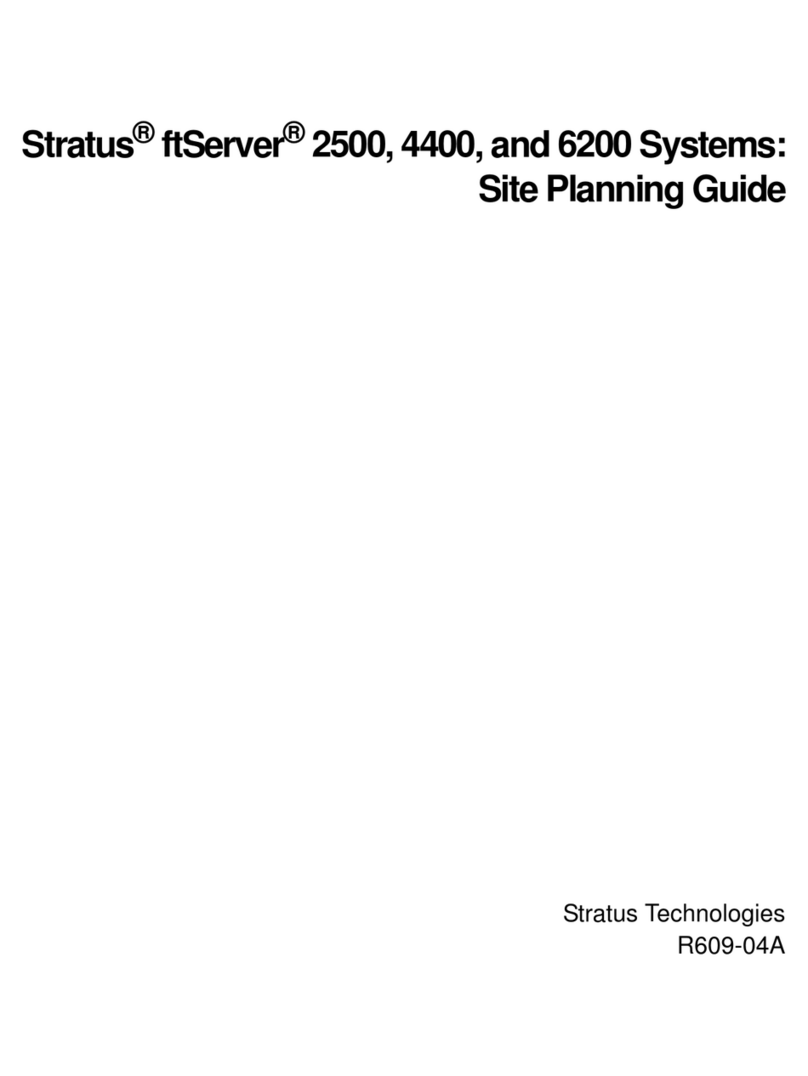
Stratus
Stratus ftServer 2500 Technical manual
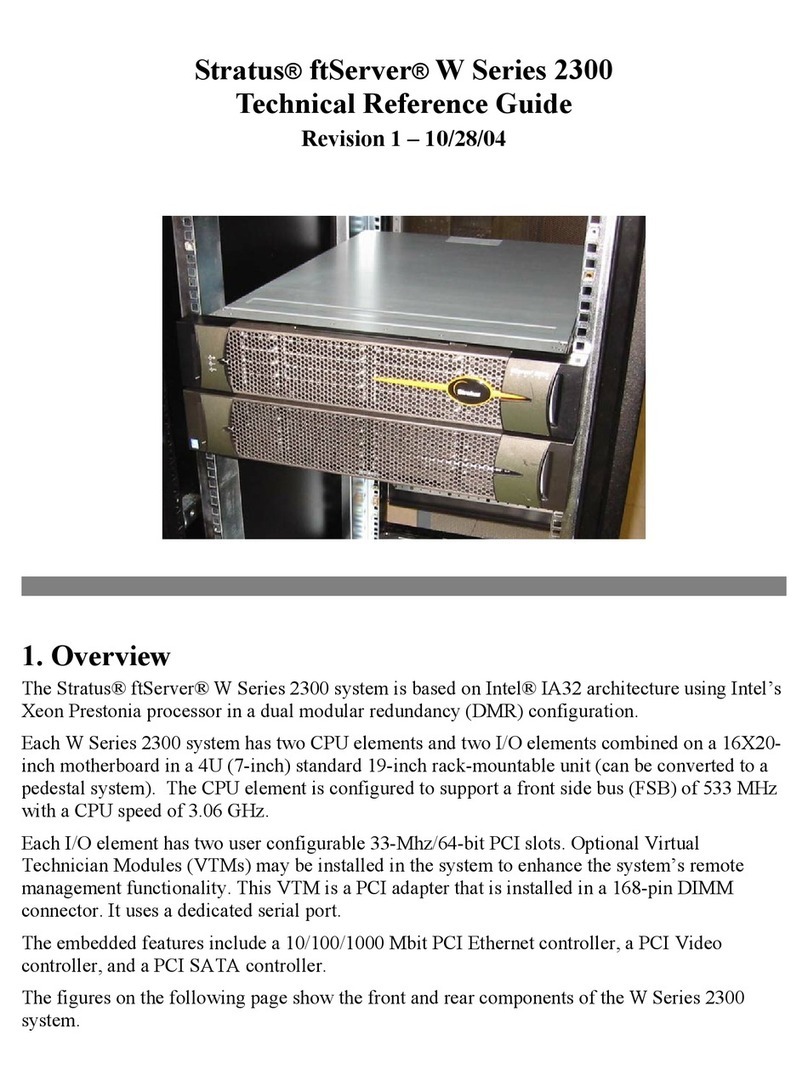
Stratus
Stratus ftServer W 2300Series Use and care manual
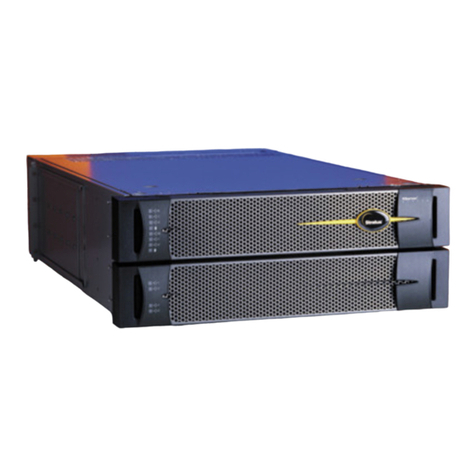
Stratus
Stratus ftServer 2600 Instruction Manual

Stratus
Stratus ftServer V 2302 Manual
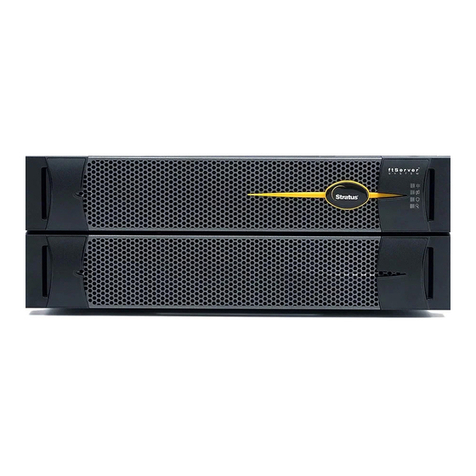
Stratus
Stratus ftServer 2900 Series Technical manual
Popular Server manuals by other brands
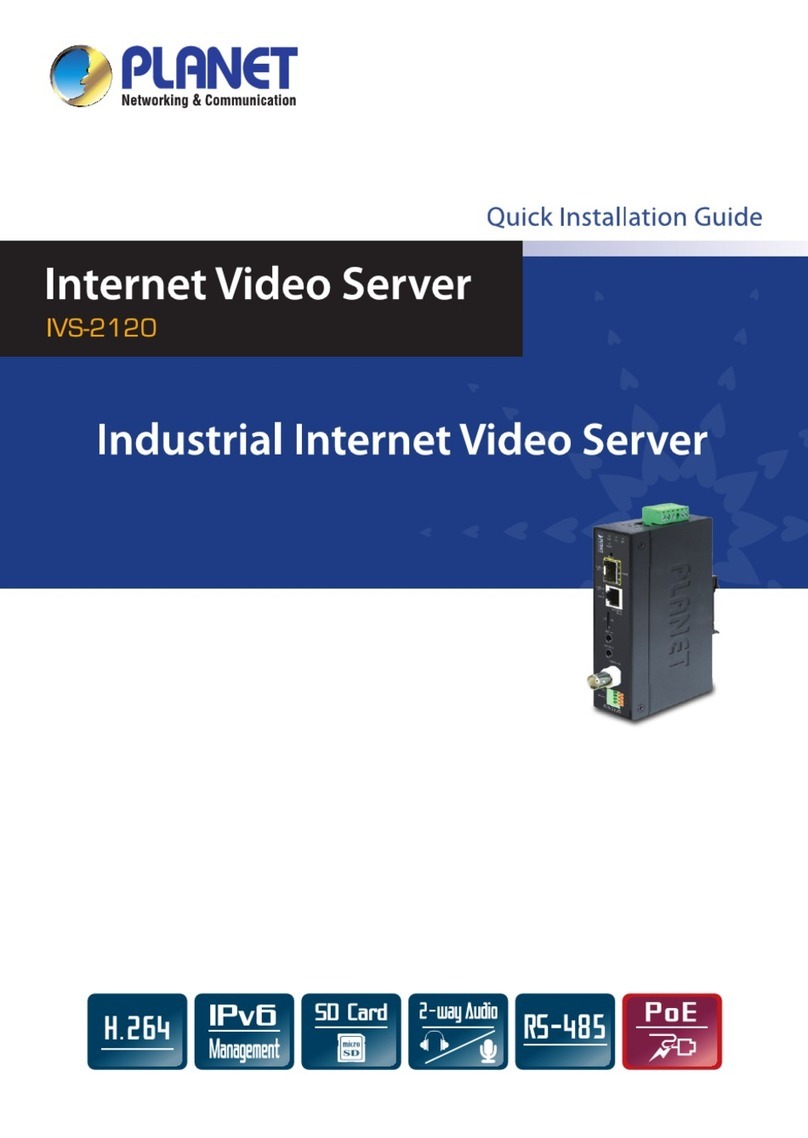
Planet Networking & Communication
Planet Networking & Communication IVS-2120 Quick installation guide
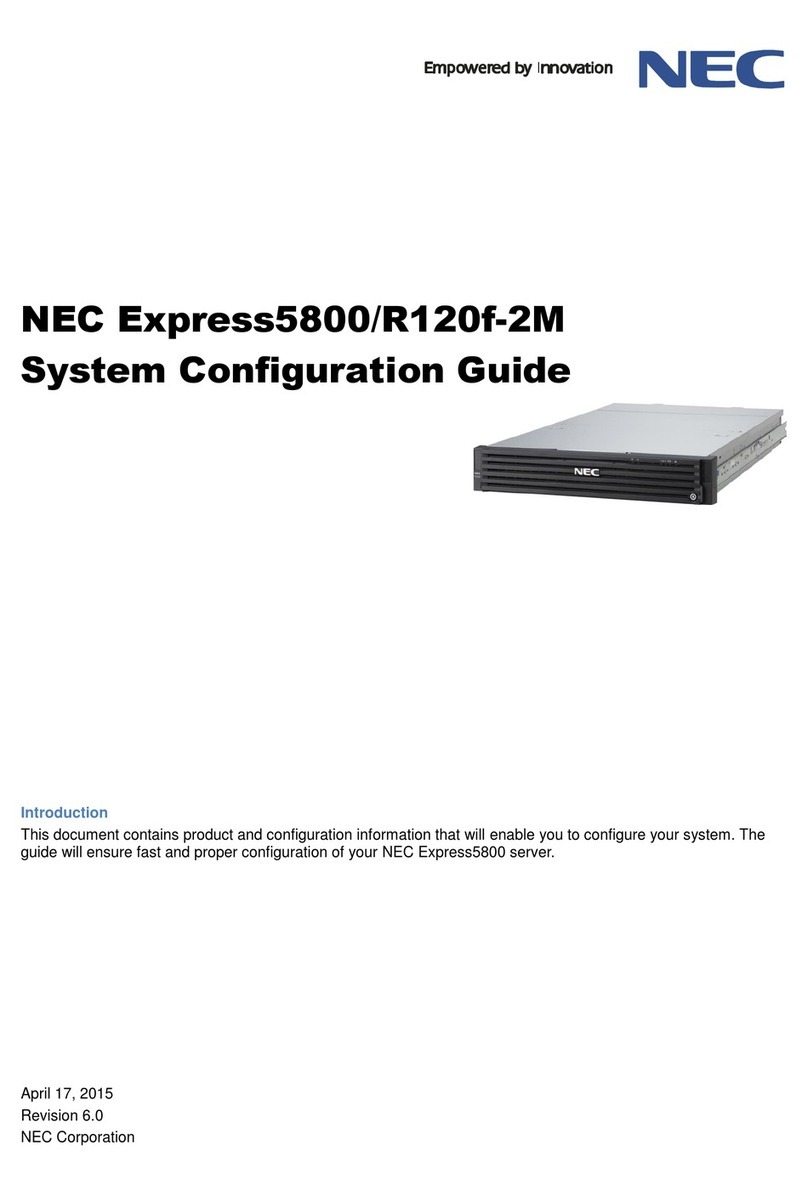
NEC
NEC Express5800/R120f-2M System configuration guide
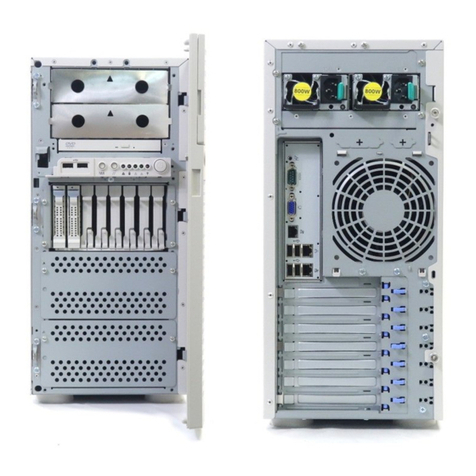
NEC
NEC Express5800/T120e Getting started
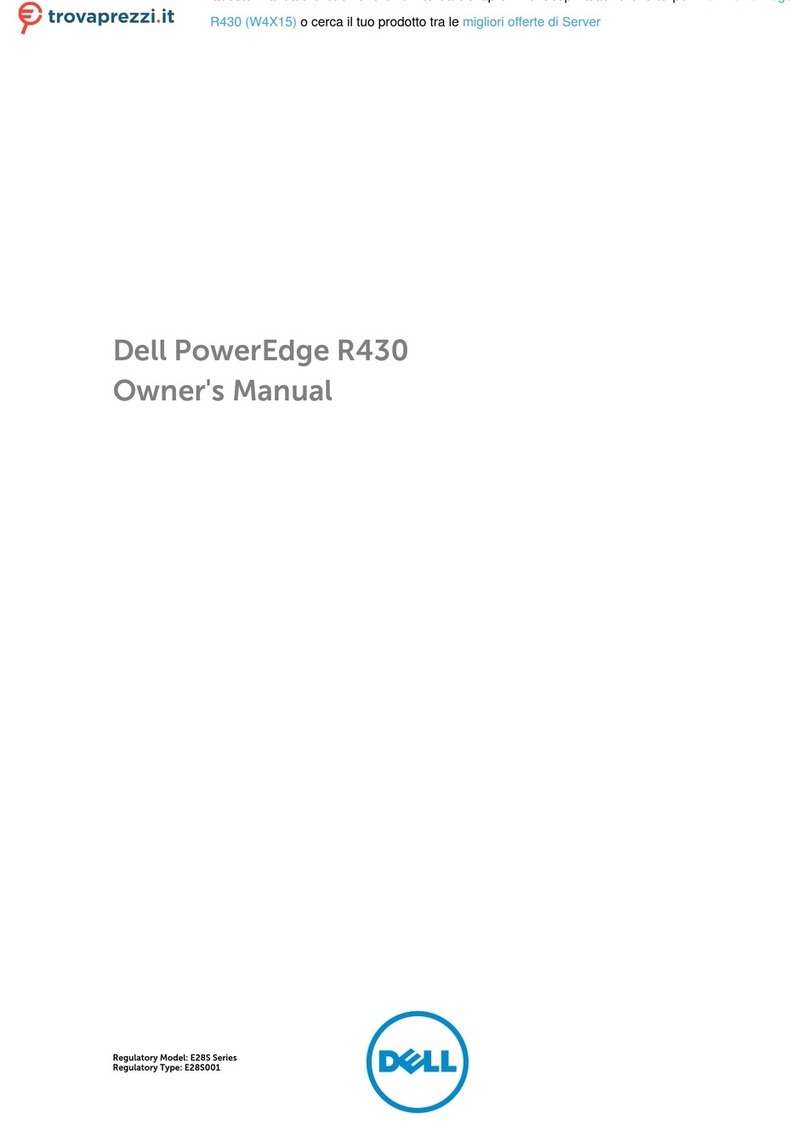
Dell
Dell W4X15 owner's manual
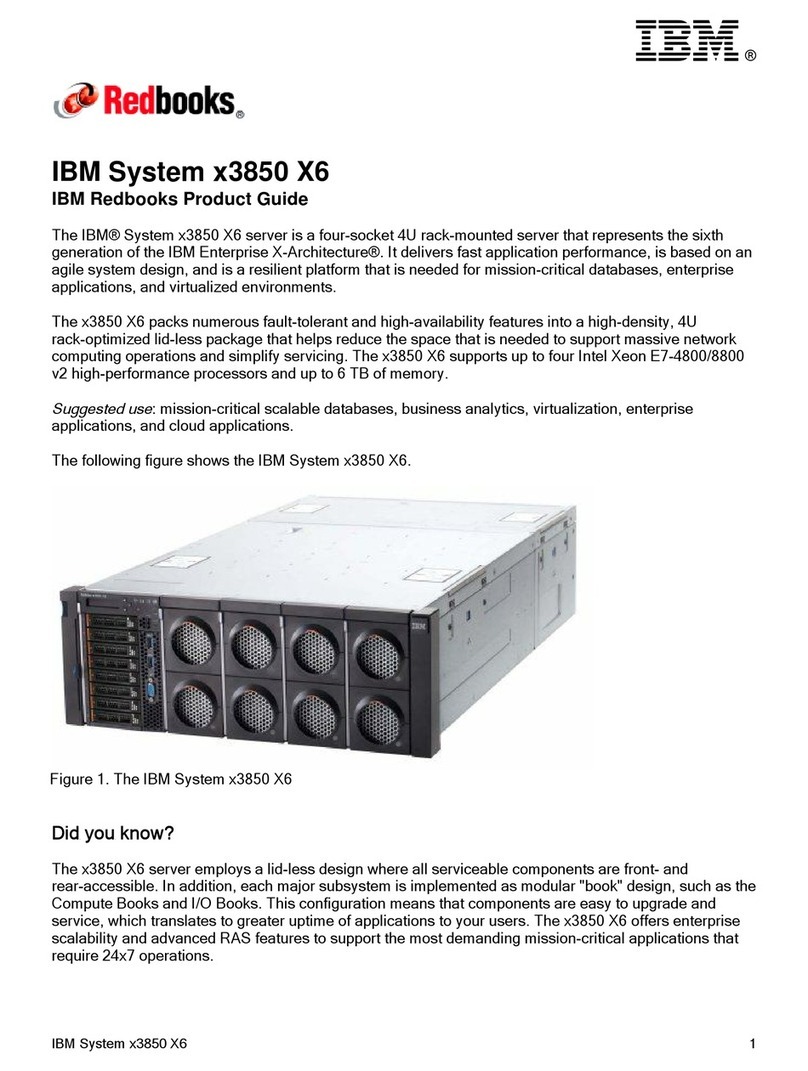
IBM
IBM X3850 X6 Product guide
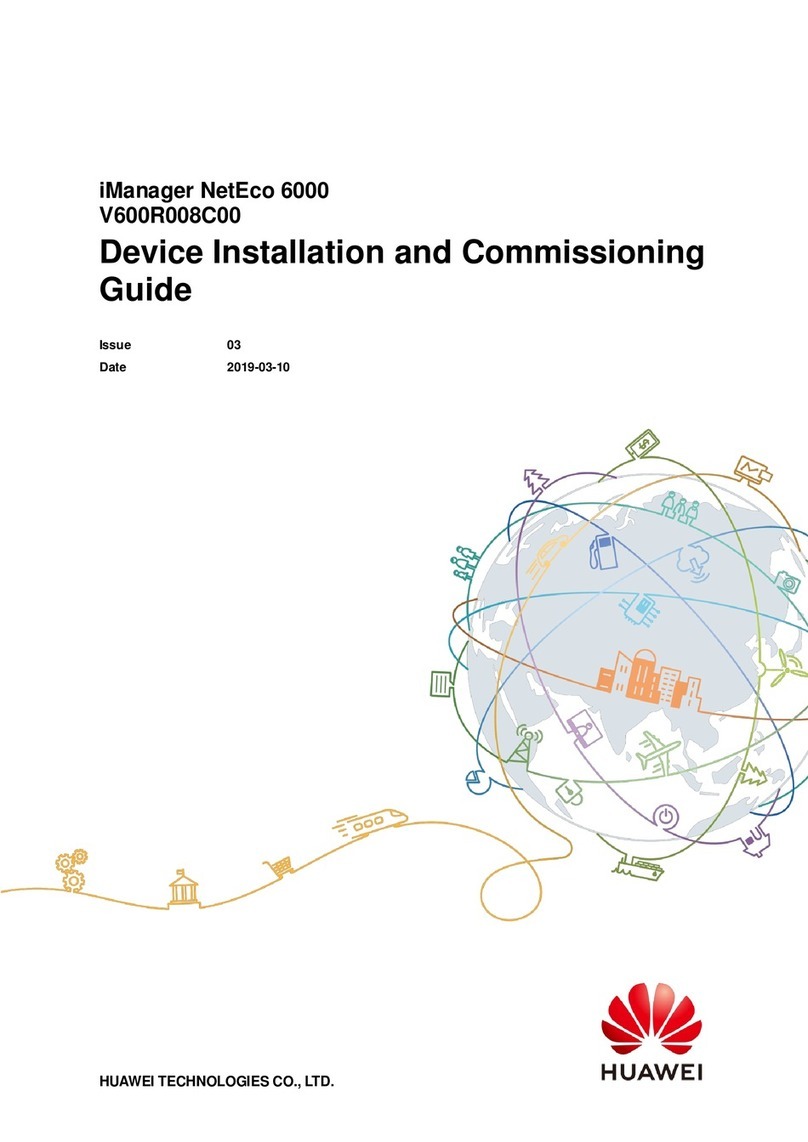
Huawei
Huawei iManager NetEco 6000 Device Installation and Commissioning Guide
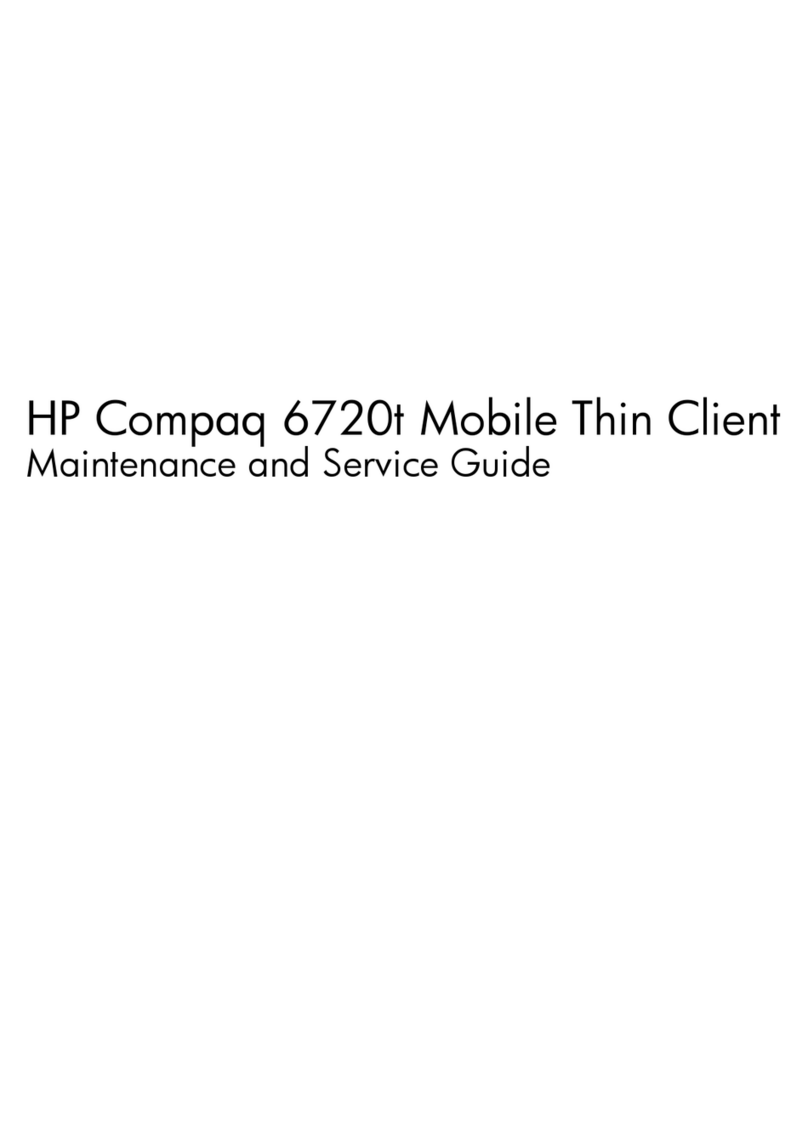
HP
HP Compaq 6720t Maintenance and service guide
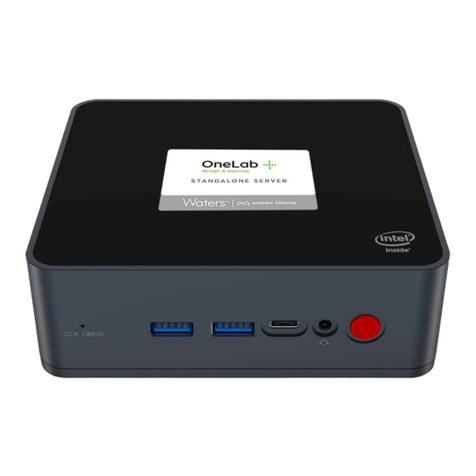
Andrew Alliance
Andrew Alliance Waters OneLab installation guide

Dell
Dell PowerEdge 850 Installation and troubleshooting guide
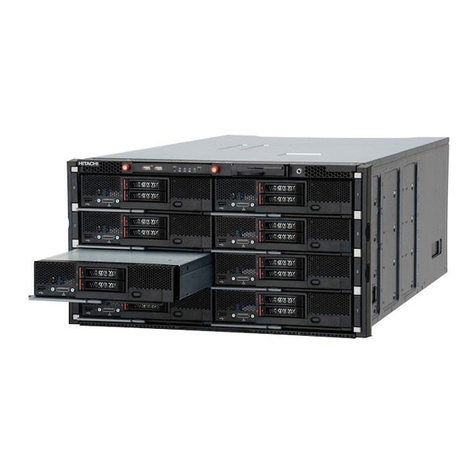
Hitachi
Hitachi Compute Blade 500 Series user guide

Dell
Dell PowerEdge FC630 owner's manual
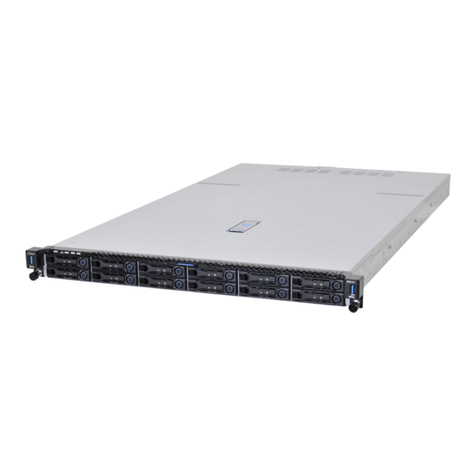
QUANTA
QUANTA QuantaGrid Series user guide
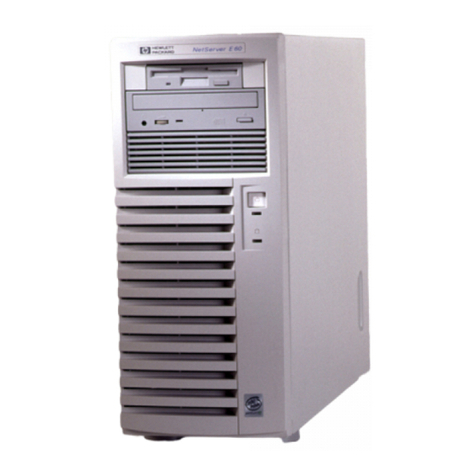
HP
HP NetServer E60 installation guide
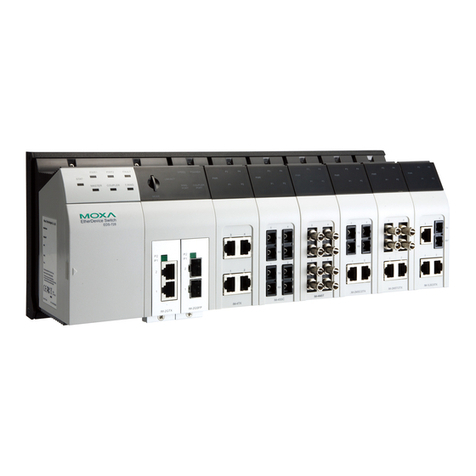
Moxa Technologies
Moxa Technologies EtherDevice user manual
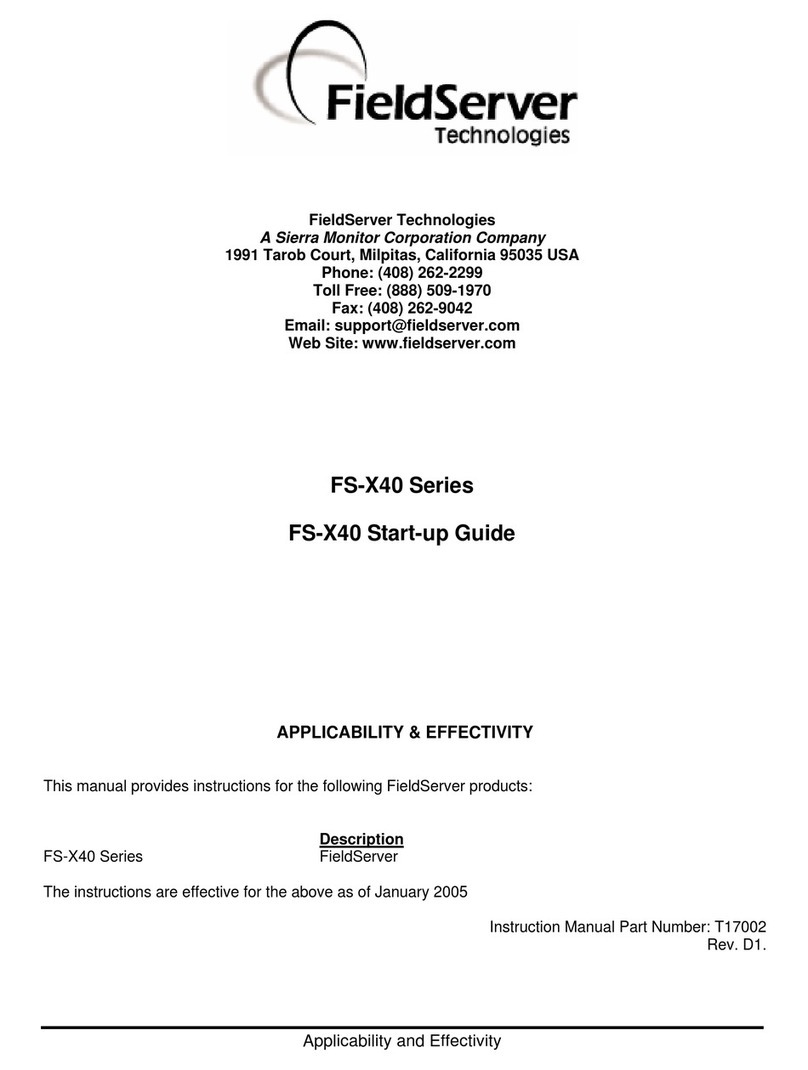
FieldServer
FieldServer FS-X40 Startup guide
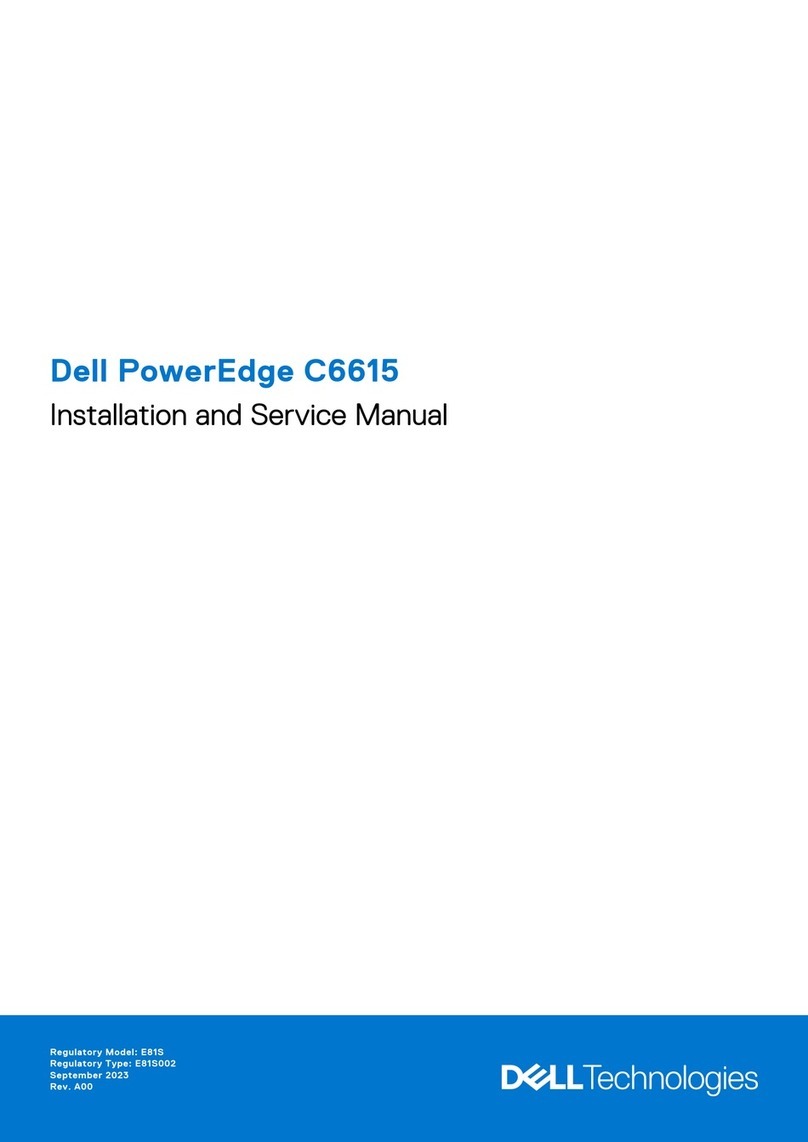
Dell
Dell PowerEdge C6615 Installation and service manual
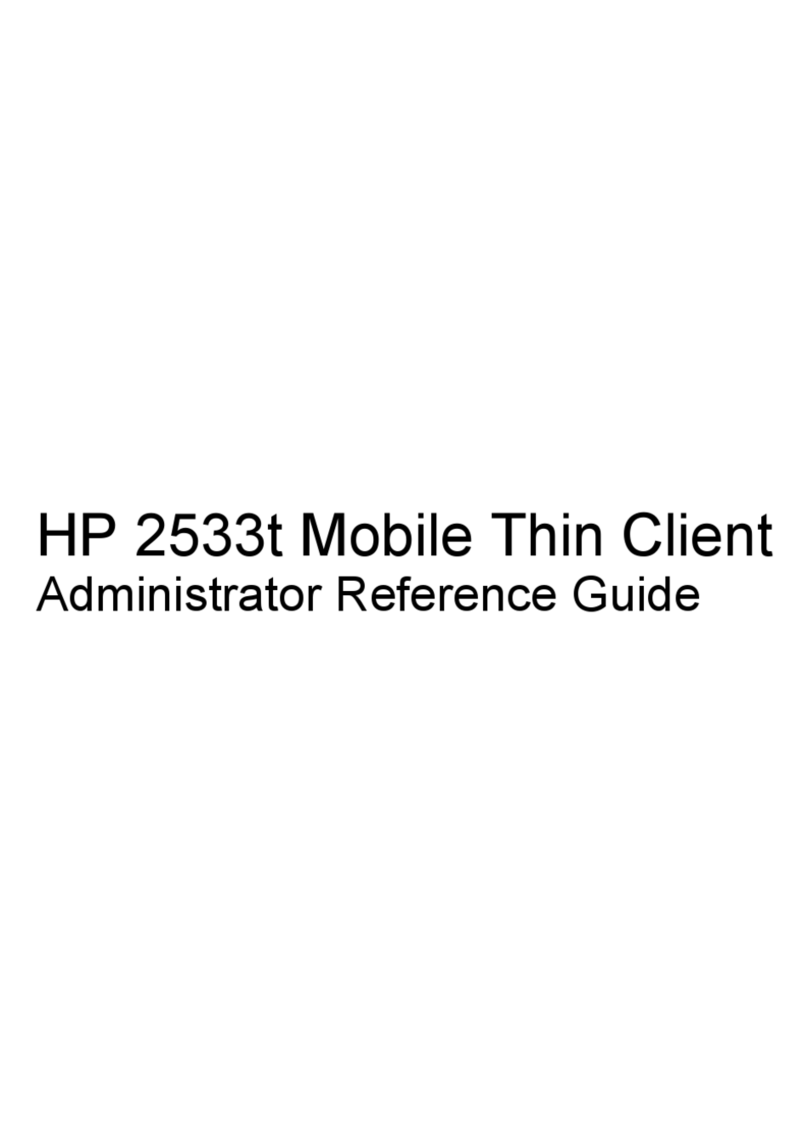
HP
HP 2533t - Compaq Mobile Thin Client Administrator's reference guide
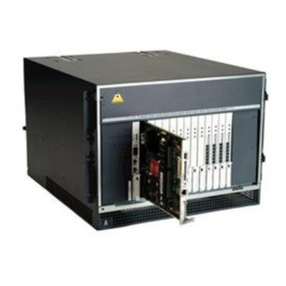
Avaya
Avaya S8400 Installing and configuring
